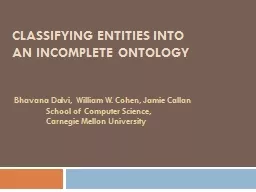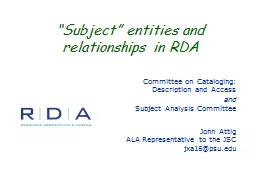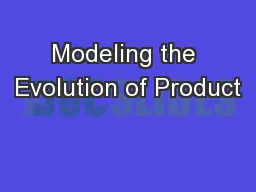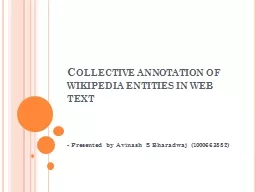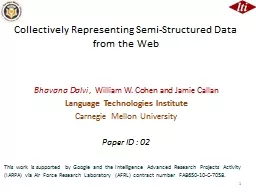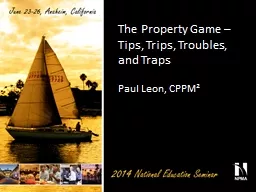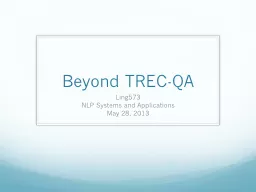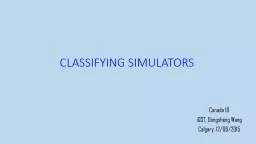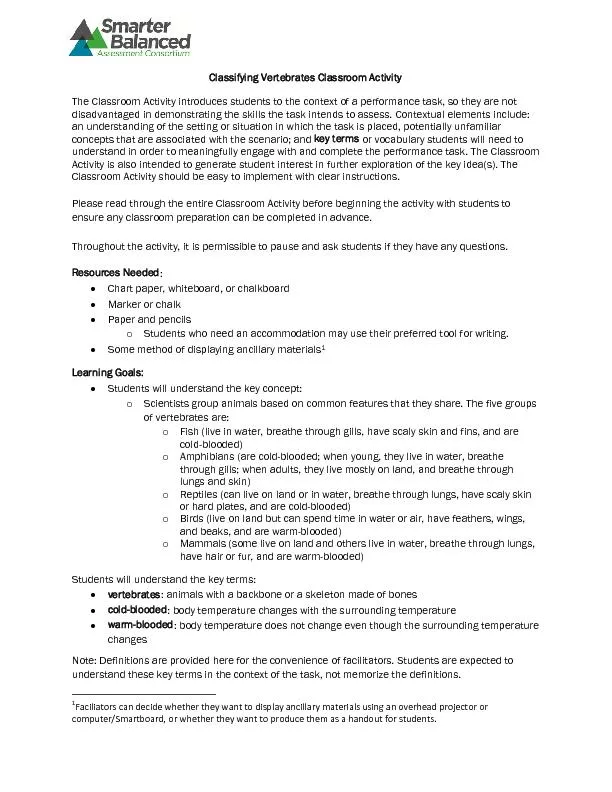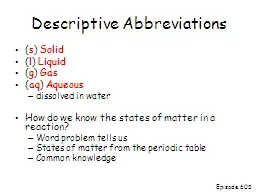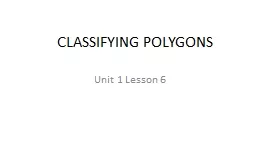PPT-Classifying Entities into
Author : yoshiko-marsland | Published Date : 2015-11-12
an Incomplete Ontology Bhavana Dalvi William W Cohen Jamie Callan School of Computer Science Carnegie Mellon University Motivation Existing Techniques Semisupervised
Presentation Embed Code
Download Presentation
Download Presentation The PPT/PDF document "Classifying Entities into" is the property of its rightful owner. Permission is granted to download and print the materials on this website for personal, non-commercial use only, and to display it on your personal computer provided you do not modify the materials and that you retain all copyright notices contained in the materials. By downloading content from our website, you accept the terms of this agreement.
Classifying Entities into: Transcript
Download Rules Of Document
"Classifying Entities into"The content belongs to its owner. You may download and print it for personal use, without modification, and keep all copyright notices. By downloading, you agree to these terms.
Related Documents

